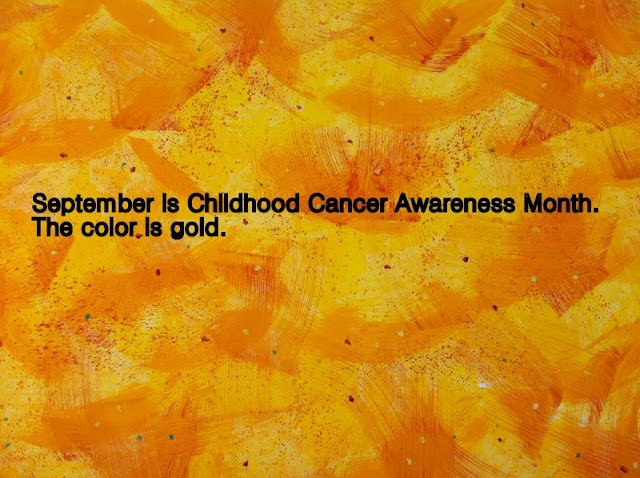The end of September
This is not an information post. This is a call to action. We are at the end of September. Hopefully you spent it raising awareness, raising funds, or at least educating yourself by reading the blog. But childhood cancer isn't over like its awareness month. Childhood cancer will hopefully end some day, or be as easy to treat as strep throat or an ear infection, but now is not that time. Now is a time for action. Take action for the next 335 days by spreading awareness, sharing information, contacting senators, and raising money for families and research. Spend the next year taking action, so that someday we will not need a childhood cancer awareness month because childhood cancer will be a thing of the past.


